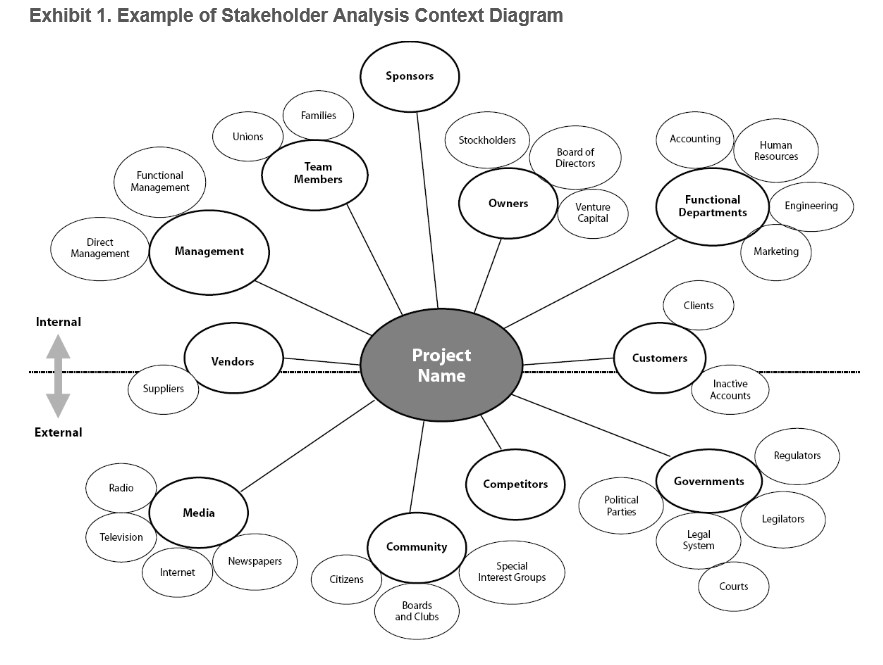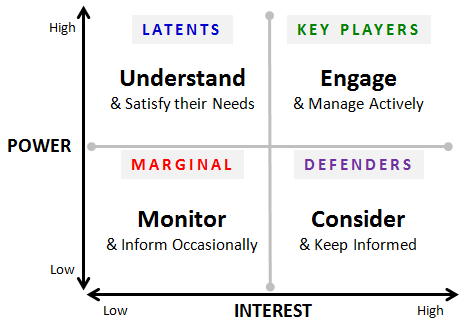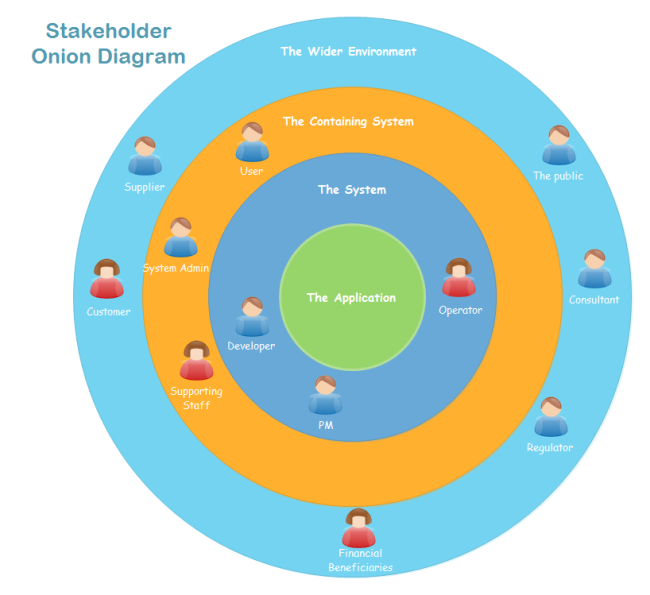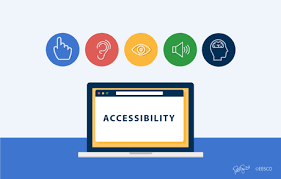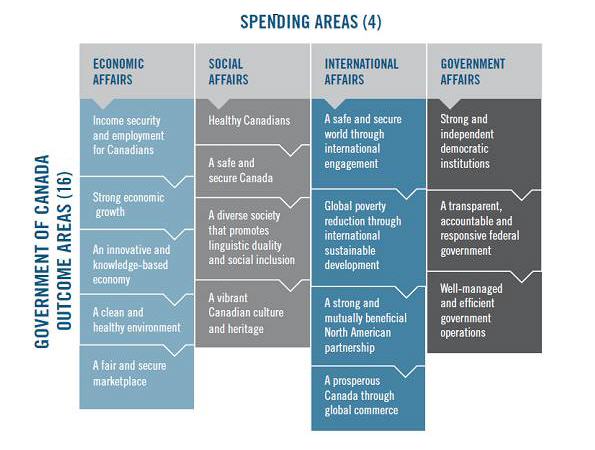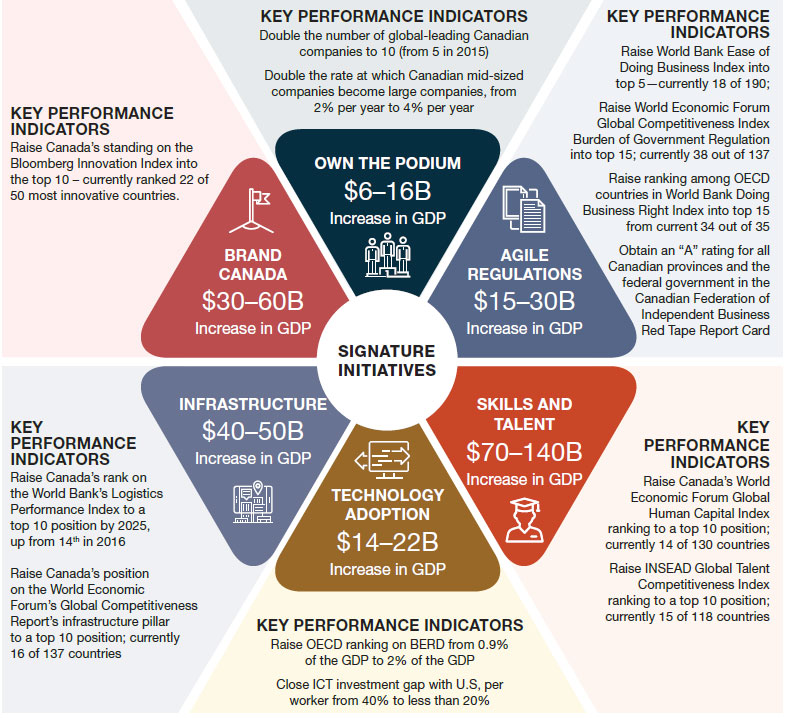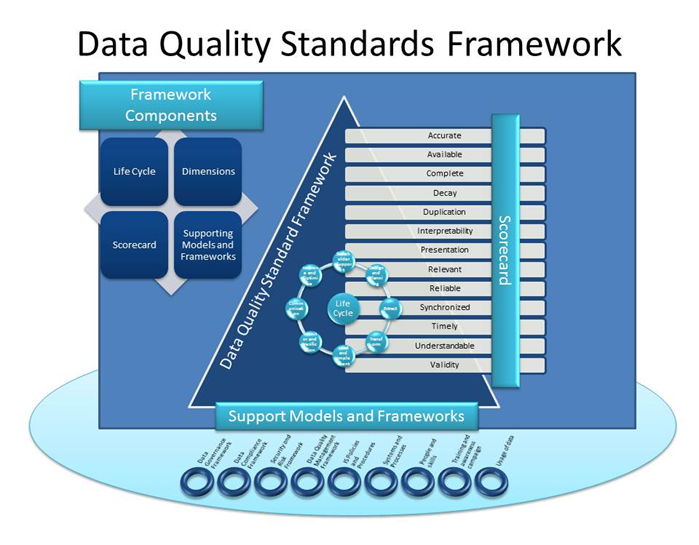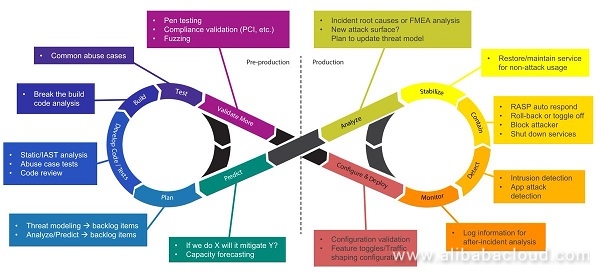GC Enterprise Architecture/Playbook
This is a DRAFT COPY of the proposed GC EA Playbook. It is a work IN PROGRESS, and has not undergone any review.
INTRODUCTION - How to use the Playbook
This EA Playbook is intended to help Enterprise Architects build/manage their departmental Enterprise Architecture. The book is organized into chapters as per the B-I-A-T-S+P architecture layers called Plays. We recommend that users:
1. Read the Playbook all the way through first; and
2. Take an iterative approach to implementing the "Plays"
This Playbook is a living document, intended to evolve over time as Enterprise Architects in the GC community grow and mature. The Playbook also evolves as new solutions are introduced to the GC Enterprise Architecture landscape. Thus, your feedback would be greatly appreciated.
Please send any comments or suggestion for future updates to | GC EA CoP Collab Site
The Plays
1. Business Architecture
Business Architecture is where an organization identifies the various services that it needs to provide externally, as well as the various functions it owns or needs to own internally to support their services to the public. In the context of GC Enterprise Business Architecture, this is where the Government of Canada identifies the various departments, the services they provide to Canadians and the functions they owns.
Fulfill the Government of Canada stakeholder needs
As the provider of service to Canadians, it is important for the GC to understand its stakeholders well. The stakeholders in this case may be its users, its partners (if any), its suppliers (if any), its program or project manager, its developer, etc.
Once a department identify all its stakeholders, it needs to map them into their roles and responsibilities as well as identify their requirements. From there, department will need to figure out how to make it easier for the stakeholder to use the business service, which means department needs to really drill down on the user interface design of their service. This is what digital is all about, ie. to make it easy for users to consume the GC service.
While configuring a service, departments should also take into account the policy requirements, including accessibilities, gender based+ analysis and official languages.
Once the stakeholders are identified, the roles and responsibilities are mapped, and the stakeholder needs are identified and translated into a business service, the department can then model a complete quality end-to-end business service that provides the best digital experience to its users while also maximizing its effectiveness and optimize efficiencies.
- Clearly identify internal and external stakeholders and their needs for each business service including user centric design
To understand their stakeholders, it is recommended for program & project manager to conduct stakeholder analysis and create stakeholder mapping for each service being delivered. Users of a business service can be the Canadian general public (in terms of service the department provides), employees (if the service also applicable to the departmental employees, or if the employees is the one implementing the service), or others. Partners of a business service can be other departments or organizations that consume the departmental service, provide data to the department, or those who are building the system/program with the department. Suppliers of a business service can be the SaaS companies who provide the department with service, vendors, SSC, etc.
There are various sites where department can visit to understand and use stakeholder analysis and stakeholder mapping. The following are examples of sites that department can use to obtain further on stakeholder analysis or mapping:
|
source: PMI
|
source: citoolkit
|
Once the stakeholders have been clearly identified, we would need to do some research into what their needs are. Remember, some stakeholders may not know what their needs are, or they may not be able to articulate their needs are. Thus, it would be the responsibilities of a project or program manager to conduct needs based analysis. This may sounds like a lot of work, and it may be is, however, it is a very important step to be carried out as it will provide an understanding of what kind of service is actually required, how effective the current service is, how to improve the delivery of the service so that it will be more useful - more effective. To do this correctly we need feedback from the right stakeholders to create a good design that is easy to use and works well. This method is called user centric design.
- Include policy requirement applying to specific stakeholder groups, such as accessibilities, gender based+ analysis, and official languages in the creation of the service
In identifying the stakeholder, department needs to ensure that it is being inclusive and includes all stakeholder groups. Things to consider when designing a business service are accessibilities, official languages and gender based+ analysis to ensure the business service created will be comprehensive to all stakeholder groups. They are important to be considered as these stakeholders have specific requirements that need to be met as well.
For further information on Gender Base+ Policy, please refer to Policy Direction to Modernize the GC Sex and Gender Info Practices
|
source: edrawsoft
|
source: ebsco
|
source: csc-swc
|
- Model end-to-end business service delivery to provide quality, maximize effectiveness and optimize efficiencies across all channels (e.g lean process)
Modeling business service delivery end-to-end will provide better digital experience to the stakeholders. It will also help provide better understanding of what components are required to create a service, what various channels which a service can be delivered, as well as individual areas that can be improved to maximize effectiveness and optimize efficiencies of the overall service. Modeling end-to-end business service delivery will expand the horizon and knowledge of the implementer of the business service and will ensure each part of the service delivery and its impact to the service are considered.
|
source: Leaderonomics
|
Architect to be Outcome Driven and Strategically Aligned to the Department and to the Government of Canada
The whole notion of creating a program or project is to support departmental mandate. Thus, it needs to be clear what mandate a program or project is supporting, how the outcome of the program or project supports the mandate and measure how effective it is in supporting the mandate. A project or program may indirectly support a mandate, however, its derivative outcome may still be able to be tied into a mandate. Everything needs to be tied in to the mandate and everything needs to be measurable. If a department is not sure how a program or project is supporting its mandate, or how it can be measured, then perhaps the program or project may not be required to begin with.
A system or solution that is the end result of a program or project also needs to strategically align to the direction of the Government of Canada. For example, if we know at the end the GC will be going to the cloud, then program or project needs to at least have a plan in place on how to migrate it to the cloud whenever its ready. Another example, if we know at the end the GC will be using NextGen, then all HR related interim functionality need to plan for transitioning to use NextGen when it becomes available.
|
source: GC
|
source: ISED
|
- Identify which departmental/GC business services, outcomes and strategies will be addressed
In order to ensure a program or project supports departmental mandate, it is important to identify which services, outcomes or strategies will be addressed at the conclusion of the program or project. This will ensure the program or project has a vision of what it is trying to accomplish in relation to the departmental mandate. Thus, whenever the program or project needs to do a small deviation from its original short-term goal, it will have a limit on how much it can deviate before it is no longer provide an outcome that is aligned to the departmental mandate or GC direction.
- Establish metrics for identified business outcomes throughout the lifecycle of an investment
Another important aspect to ensure alignment to departmental mandate is establishing the metrics for the identified business outcomes. This will ensure department have a way to identify its efficiencies or effectiveness in delivering the business services. As technology progresses, the outcomes that was once achieved by the program or project may become invalid or insufficient to support the departmental mandate or GC Direction. At this time, it would be prudent to re-visit the effectiveness of the program or project and explore possibility of leveraging other existing service created by other department or creating a new project or program.
- Translate business outcomes and strategy into business capability implications in the GC Business Capability Model to establish a common vocabulary between business, development, and operation
One benefit of translating business outcomes and strategy into business capabilities is to provide a common ground between business community and IT community. Once a common ground is reached, it would be easier to communicate what can be achieved, and how much tolerance can a program or project deviates from its short-term goal.
Promote Horizontal Enablement of the Enterprise
- Identify opportunities to horizontally enabled business services and provide cohesive experience to stakeholders
- Reuse common business capabilities and processes from across government and private sector
- Publish in the open reusable common business capabilities and processes (in the Open Government portal) for others to develop cohesive horizontal enterprise services
2. Information Architecture
|
source: Commons Wikimedia
|
Collect data to address the needs of the stakeholders
- Adopt a needs-based approach to data collection
- Do your data collection processes include an assessment of existing data assets (e.g. as documented in a data inventory and/or catalogue) to minimize redundancy and duplication?
- Collect only the minimum set of data needed to support a policy, program, service, or other function fulfill the business service
- Do you have a mechanism or process in place to ensure that all data collected can be tied to a specific business need (e.g. a policy, program, service, or other operational need) so that you are able to identify excess data?
- Reuse existing data assets and only acquire new data if required
- Do your data collection processes include an assessment of existing data assets (e.g. as documented in a data inventory and/or catalogue) to facilitate data reuse?
- Do you have a process or mechanism in place to assess and control the quality of existing data assets being considered for reuse?
- Do you have a process or mechanism in place to ensure that any reuse of existing data assets complies with privacy and other applicable laws and policies?
- Ensure your data collection methodology, including third party sources, yields high quality data
- Do you have a process or mechanism in place to assess and control the quality of data collected?
Manage data strategically and responsibly
- Define and establish clear roles, responsibilities, and accountabilities for data management
- Do you have a framework or policy that sets out your organization’s data governance structure? At a minimum, the structure would list key data roles in the organization (e.g. steward, custodian, analyst, scientist) and define the responsibilities and decision-making authorities associated with each of them.
- Identify and document the lineage of your data assets.
- Does your data inventory document any information about the lineage of existing data assets? If so, through what process is lineage determined and tracked over time? If not, is this information tracked anywhere else?
- Define retention and disposition schedules and perform regular disposition activities (I’m not sure about the last bit: are disposition activities necessarily regular and, if so, according to whose timetable? What is LAC’s GC policy on this?)
- Do you have a mechanism or process in place to ensure that retention and disposition schedules are determined (at least provisionally) for data collected? This is particularly relevant in the case of personal data, where timelines are set by the Privacy Act.
- Ensure information and data are managed to enable interoperability, reuse and sharing to the greatest extent possible within and with other across departments across the in government to avoid duplication and maximize utility, while respecting security and privacy requirements
- For what data domains and attributes have you developed reference and master data standards?
- To what extent does your organization adhere to existing enterprise-level standards for data?
- What is the percentage of data shared through information sharing agreements?
- To what extent is the data you share with other GC organizations interoperable?
- Do you have a process in place to evaluate whether a certain data need can be addressed by requesting data from a GC organization as opposed to collecting it?
- Contribute to and/or aligned to Enterprise Data taxonomy and classification structures to manage, store, search and retrieve information and data in all formats (I am uncertain about the reasoning here: is it to ‘manage, store, search, and retrieve’? It seems too broad to be relevant to architecture in particular.)
- For what data domains and/or attributes have you developed reference and master data standards?
- For what data domains and/or attributes have you supported the development of enterprise-wide data standards?
- Ensure that data received from external parties is profiled and validated prior to its use
- Ensure data formatting aligns to existing enterprise and international standards. Where none exist, develop standards in the open with key subject matter experts, in consultation with the Enterprise Data Community of Practice.
- Data should be shared openly by default as per the Directive on Open Government and Digital Standards, while adhering to existing enterprise and international standards, including on quality or fitness for purpose.
- Do you have a process or mechanism in place to release data assessed for its public value?
- What is the percentage of collected and generated data assets that is released or made available to the public?
- Ensure that combined data does not risk identification or re-identification of sensitive or personal information
- Do you have a risk assessment process or mechanism in place to ensure that combining two or more datasets does not risk compromising the privacy and security of individuals by exposing sensitive or personal information?
3. Application Architecture
Application Architecture consists of understanding and designing the various applications within a department, how they tie in to the business service supporting the departmental mandate, where they are located in the architecture landscape of the department as well as the GC, how they interact with each other and with their users, the zoning requirements, etc. Application Architecture focuses less on internal mechanics and specific programming and more on overall design on how data is consumed and created by the system. It views the interactions between applications, databases, middleware to ensure scalability, reliability, availability and manageability.
Use Open Source Solutions hosted in Public Cloud
While Open Source Solution (OSS) is not a silver bullet, several common misconceptions are used as arguments against Open Source software: A misconception with security is that with the code out of the eyes of the public that it prevents successful attacks and lowers liability, however in reality Security Best practices state that 'System security should not depend on the secrecy of the implementation or its components', and as Open Source development relies and hardening (or improving the security) of code it is often equal or more secure then proprietary solutions.
A misconception with support is that a support contract or license some how ensures that the proprietary system will receive improvements and patches, but in reality there is no obligation for a vendor to do so, while Open Source software survives by having a vibrant and helpful support community. Average resolution of issues are solved faster then in proprietary software by the very nature of crowd sourcing reducing the barrier of communication with a single entity or individual.
For more info on Open Source, go to the GC webpage on Open Source Software.
- Select existing solutions that can be reused over custom built
It is important to reduce the duplication of effort that has occurred due to segmented mandates, and increase collaboration and sharing across Departments and Agencies. Crown Corporations, Provincial and Municipal Governments as well as the Public at large who can benefit from new and innovative products and services based off of creations from the Government.
- Contribute all improvements back to the communities
Major benefits can occur not just from publishing the Software, but in developing Guidance the quality of software increases, while publishing Lessons Learned, White Papers and any other technical documentation can assist others in the future by providing templates and baselines.
For assistance in how to do this, you can view the TBS Guidance on Open Source Publishing.
Setting up shared teams for common problems where Developers from multiple departments can produce better solutions. Virtual Teams using open tools can enable rapid development in absence of collocation.
- Register Open Source software to the Open Resource Exchange
Scientific Innovation can occur from exposing Data to interested members of the activists, researchers, students and the public at large. Define Metadata for your application early in both English and French to support your release to Open Data. Development following the Government of Canada Standards on APIs can allow rapid uptake into Open Data feeds.
Use Software as a Service (SaaS) hosted in Public Cloud
- Choose SaaS that best fit for purpose based on alignment with SaaS capabilities
- Choose a SaaS solution that is extendable
- Configure SaaS and if customization is necessary extend as Open Source modules
Design for Interoperability
The most important use of interoperability is it provides the ability to communicate between one system to another without the need of manual intervention. It doesn't matter if one system is built with one platform, eg. UNIX/LINUX, and the other system is built with another platform, eg. Windows, "OR" if one system is legacy, eg. Mainframe, and the other is an innovative product, eg. machine learning. With interoperability, these different systems can communicate with one another, thereby enabling efficiency and/or effectiveness of a solution. Interoperability can also enable easier communication between one department to another, thereby creating better collaboration and automation exchange of data.
- Design systems as highly modular and loosely coupled services
Focus on smallest unit of purpose, and developing a single function. Ensure containers contain a single application, and build the smallest image possible.
Ensure containers are properly versioned and tagged.
- Expose services through APIs
Do not hide services under assumptions that someone would not find value in a service - often innovation can be bred from exposed services beyond it's original plan.
Follow the 'eat your own dogfood' mantra - in that all functionality should be a service that you consume.
Ensure that services are accessible via common methodologies, and follow the Government of Canada Standards on APIs.
- Make the APIs discoverable to the appropriate stakeholders
When a system have an API that is discoverable, it opens up its window to the world of endless possibilities, collaboration and better outcomes for the whole GC. One way to make an API discoverable is by publishing it to the API Store and the future DxP (Digital Exchange Platform).
Follow DevSecOps Principles
The purpose and intent of DevSecOps is to build on the mindset that "everyone is responsible for security" with the goal of safely distributing security decisions at speed and scale to those who hold the highest level of context without sacrificing the safety required.
|
source: Dzone
|
- Use continuous integration and continuous deployments (CI/CD)
- Ensure automated testing occurs for security and functionality
- Include your stakeholders as part of DevSecOps process
4. Technology Architecture
Use Cloud first
- Adopt the Use of the GC Accelerators to ensure proper Security and Access Controls
- Enforce this order of preference: Software as a Service (SaaS) first, then Platform as a Service (PaaS), and lastly Infrastructure as a Service (IaaS)
- Fulfill Cloud Services through SSC Cloud Brokering Services
- Enforce this order of preference: Public cloud first, then Hybrid cloud, then Private cloud, and lastly non-cloud (on-premises) solutions
- Design for cloud mobility and develop an exit strategy to avoid vendor lock-in
Design for Performance, Availability, and Scalability
- Ensure response times meet user needs, and critical services are highly available
- Support zero-downtime deployments for planned and unplanned maintenance
- Use distributed architectures, assume failure will happen, handle errors gracefully, and monitor performance and behaviour actively
- Establish architectures that supports new technology insertion with minimal disruption to existing programs and services
- Control Technical Diversity - design systems based on modern technologies and platforms already in use
5. Security and Privacy Architecture
Build Security into the Full System Life Cycle, Across All Architectural Layers
- Identify and classify risks associated to the service’s business objectives, goals, and strategy
- Design security measures according to business and user needs, risks identified, and security categorization of the information and assets; integrate security across all architectural layers (BIAT)
- Maintain focus on users’ ease of use through selection of context-appropriate controls
- Apply an information-centric approach to reduce resources’ exposure to threats, and minimize the opportunity for compromise.
- Protect data while in transit, in use and at rest using appropriate encryption and protocols. Ensure effective disposition of data per retention schedules, following service sunset.
- Design systems to not be susceptible to common security vulnerabilities; resilient and can be rebuilt quickly in the event of compromise; and fail secure if the system encounters an error or crashes
- Reduce human intervention and maximize automation of security tasks and processes
- Integrate and automate security testing to validate code and address vulnerabilities prior to deployments
Ensure Secure Access to Systems and Services
- Identify and authenticate individuals, processes and/or devices to an appropriate level of assurance before granting access to information and services
- Separate and compartmentalize user responsibilities and privileges; assign the least set of privileges necessary to complete the job
- Constrain service interfaces to authorized entities (users and devices), with clearly defined roles, and only expose the interfaces necessary to operate the service
- Make use of modern password guidance, and use GC-approved multi-factor authentication where required to stop unauthorized access
(prioritize length over complexity, eliminating expiry, and blacklisting common passwords)
Maintain Secure Operations
- Integrate aggregate outputs from security assessment and authorization activities into security architecture lifecycle processes, to ensure reference artefacts remain relevant and valid
- Continuously monitor system events and performance in order to detect, prevent, and respond to attacks
- Design processes to operate and manage services securely, and establish processes and mechanisms to respond effectively to security events
- Collect transaction logs at infrastructure and application levels to support automated root-cause analysis and performance tuning
- Include an audit function in information systems. Use a trusted time source and protect audit logs from manipulation
- Establish processes to monitor security advisories, and apply security-related patches and updates to reduce exposure to vulnerabilities. Apply appropriate risk-based mitigations when patches can’t be applied
Privacy by Design
- Perform a privacy impact assessment (PIA) to support risk mitigation activities when personal information is involved
- Implement security measures to assure the protection of personal information
- Take into consideration the 7 Foundational Privacy Design Principles when designing services
